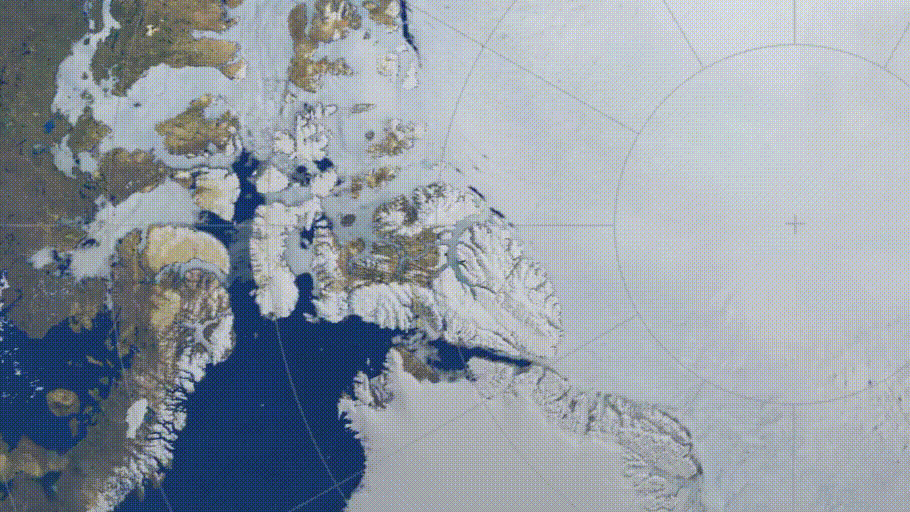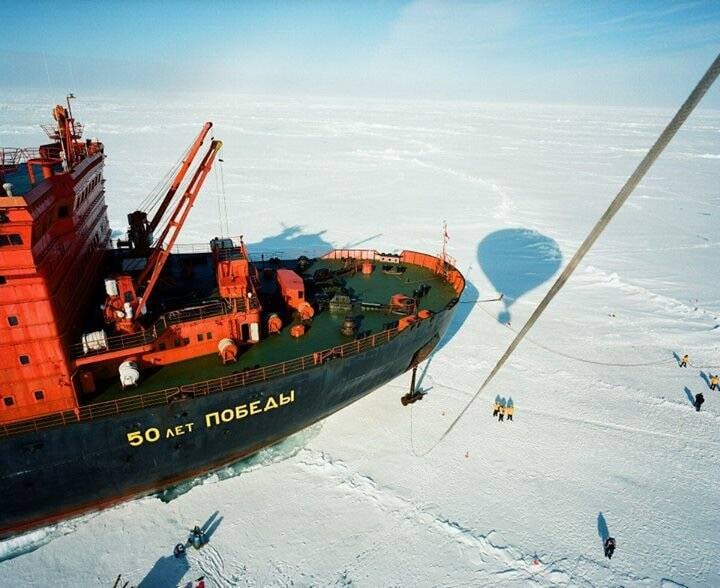“Uncharted Shifts: The Surprising Truth Behind Earth’s Magnetic North Pole Movement and Its Hidden Implications”
“It has typically moved about 10 km (6.2 miles) per year or less over the last 400 years,” Dr. William Brown, a geophysicist and geomagnetism researcher for the British Geological Survey, told CNN.
However, for the past 30 years, the magnetic north pole has been shifting rapidly north. In 1990, it increased the pace of its shift from 9.3 miles per year to 34.2 miles per year, which was unprecedented.
And just as quickly as it accelerated, it has now suddenly slowed down.
The Magnetic North Pole Is Moving In Ways That Are Leaving Scientists Baffled

ESA/geoGraphicsAnimation showing the magnetic north pole shifting from 1840 to 2019.
Last December, scientists from the British Geological Survey and the U.S. National Oceanic and Atmospheric Administration released the newest edition of the WMM. In it, researchers detailed how Earth’s magnetic north pole is shifting even more toward Siberia, but also revealed that this movement is slowing down.
“The current behavior of magnetic north is something that we have never observed before,” Brown announced in a statement from the British Geological Survey.
Scientists remain uncertain about why magnetic north pole’s movement accelerated before abruptly slowing down. One theory suggests that Siberia’s magnetic field is overpowering Canada’s, which may explain the rapid shift — but it does not fully account for the recent slowdown.
Even worse, predicting the movement of magnetic north has become more of a complicated task.
“It could change (its) rate, or even speed up again,” Brown told CNN. “We will continue to monitor the field and assess the performance of the WMM, but we do not anticipate needing to release a new model before the planned update in 2030.”













